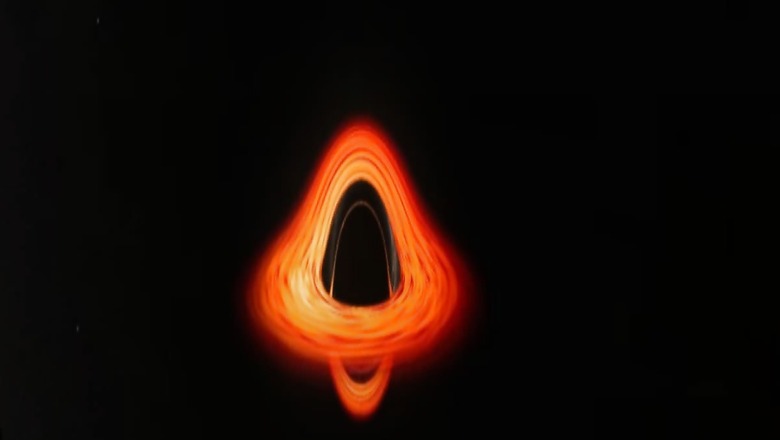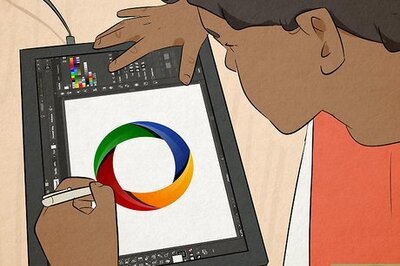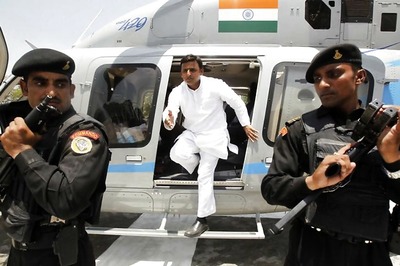
views
American space agency Nasa developed an immersive visualisation using its supercomputer which offers a glimpse into the depths of a black hole. The video of visualisation was posted on YouTube.
The simulation designed by Nasa also allows viewers to explore the event horizon. Event horizon is like a boundary around a black hole where once something goes past it is gone forever. It’s like a point of no return in space. Even light cannot escape it.
The project was led by astrophysicist Jeremy Schnittman from NASA’s Goddard Space Flight Centre and scientist Brian Powell. It was made using the ‘Discover Supercomputer’ which generates a large amount of data.
The target is a supermassive black hole, resembling the one in the centre of our Milky Way galaxy which boasts a mass millions of times greater than our Sun’s.
As the viewer gets closer to the black hole from a distance of 400 million miles they’ll start noticing striking distortions in space-time. The swirling mass of hot gas, known as the accretion disk, and the stars in the background seem to appear highly warped, somewhat resembling reflections in a funhouse mirror.
When the camera zooms in, the light emitted by stars and the swirling gas disk around the black hole intensifies, making a sound similar to a roar of a racing car accelerating past the viewer.
The camera takes around three hours to get to the event horizon. But if someone is watching from far away, it may appear like the camera never quite reaches it.
The closer it gets, the slower it appears to move until it looks like it has stopped altogether.
The simulation predicts two possible outcomes for Nasa’s camera.
One simulation predicts the camera missing the event horizon narrowly. The other simulation predicts the camera crossing the line but then going through a process called “spaghettification".
“Spaghettification" happens when intense gravitational forces near the black hole will pull on the camera so strongly that it will be ripped apart within 12.8 seconds.
This occurs as the camera rushes towards the core of the black hole, where lies a point of incomprehensible density known as the “singularity."
Nasa’s simulation also proposes another scenario where it orbits close to the event horizon but does not cross it. In this case, time starts acting strangely.
Time starts to stretch or dilate.
For the astronaut onboard, time passes normally, but for distant observers, it slows down. This time-stretching effect means when the astronaut returns, they’ll be younger than those who stayed away.
















Comments
0 comment